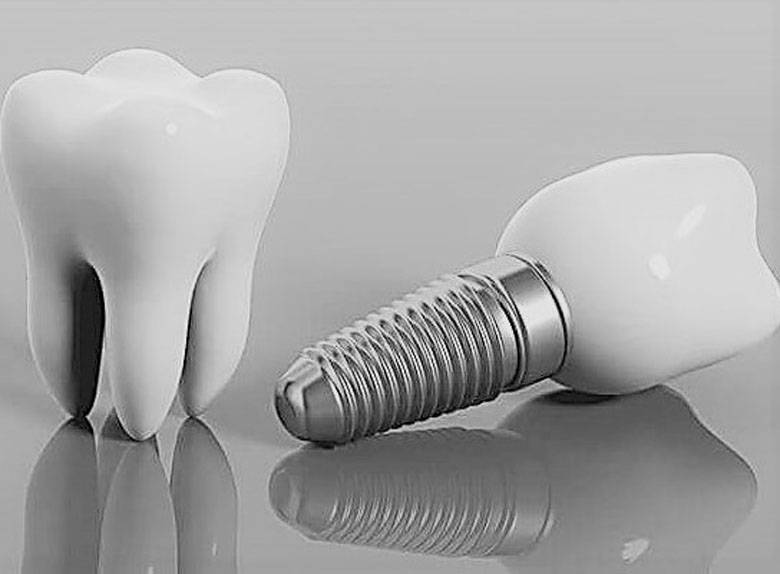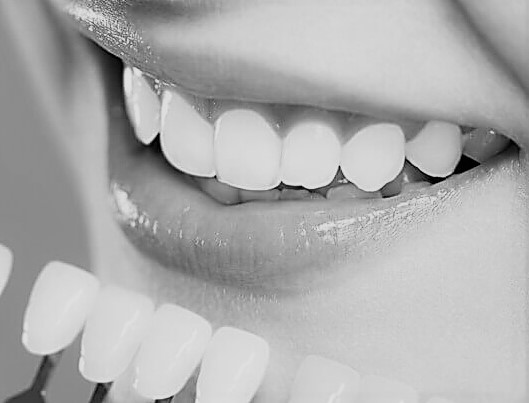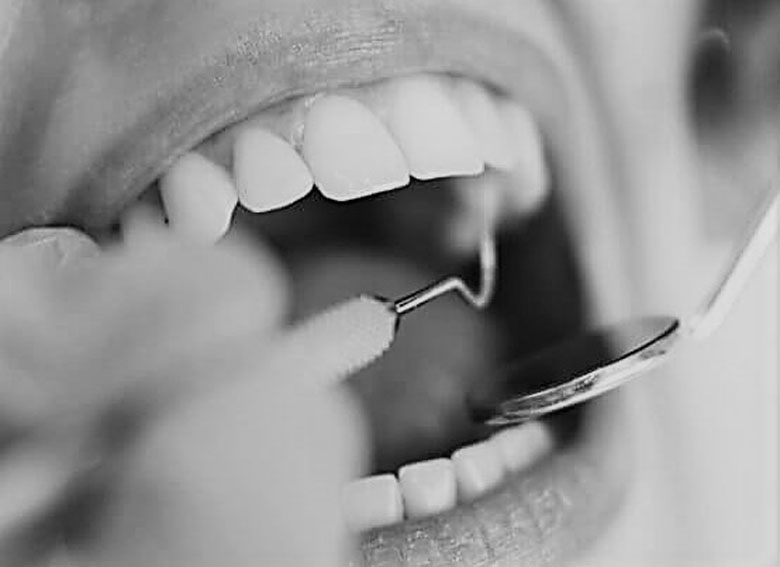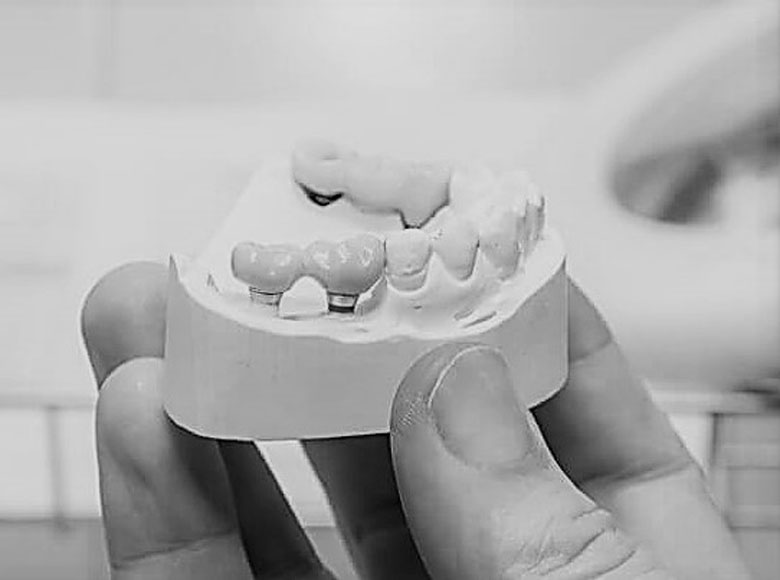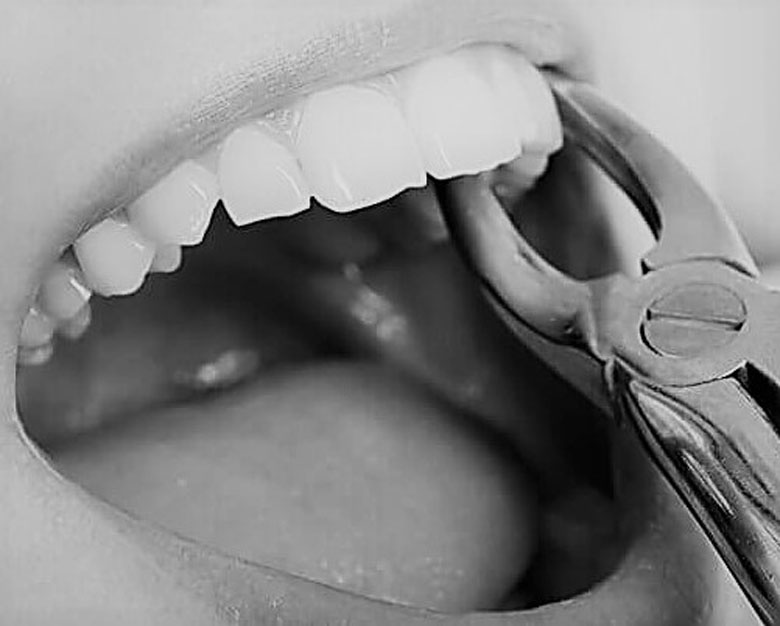SURGICAL EXTRACTION
Of course, there are some teeth that aren’t quite as easy for dentists to remove. Sometimes a tooth may have broken off at the gum line, keeping a part of it hidden. Or, the tooth may not have erupted at all and may still be buried in the gum. If either of these cases is diagnosed, then the dentist will have to perform a surgical extraction.
Here, the dentist will need to make an incision in the gum so that the tooth can be accessed more easily. There is also a chance that he or she may have to fragment the tooth. This will allow it to be removed in several parts.

